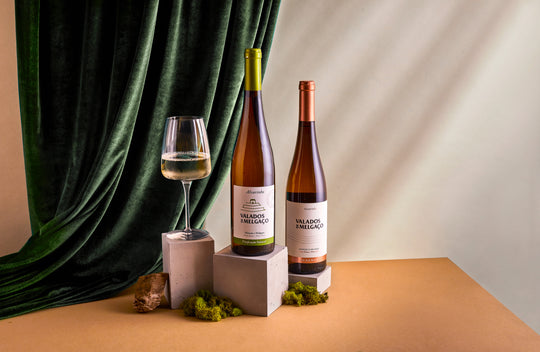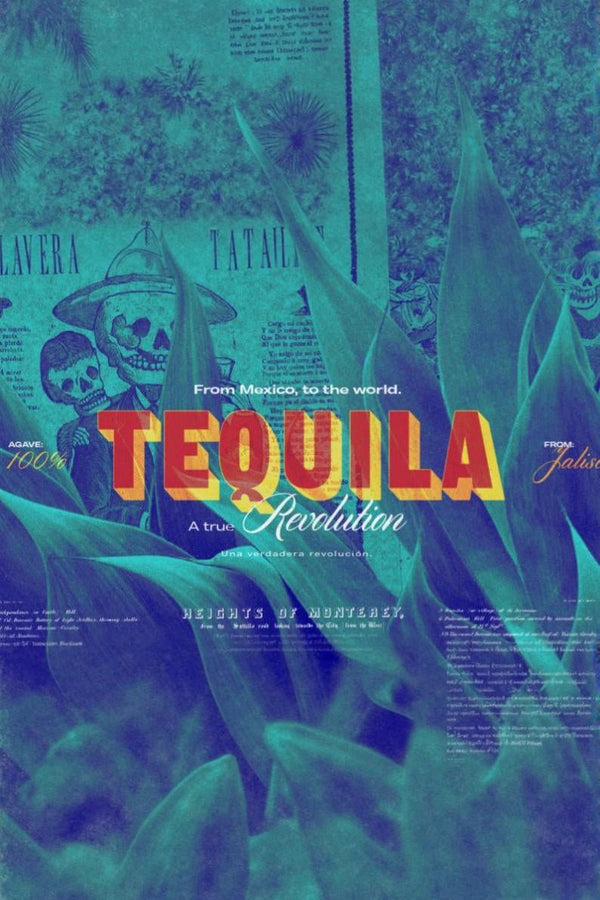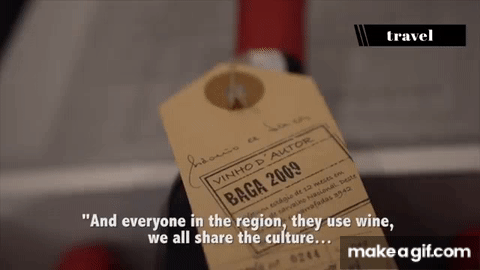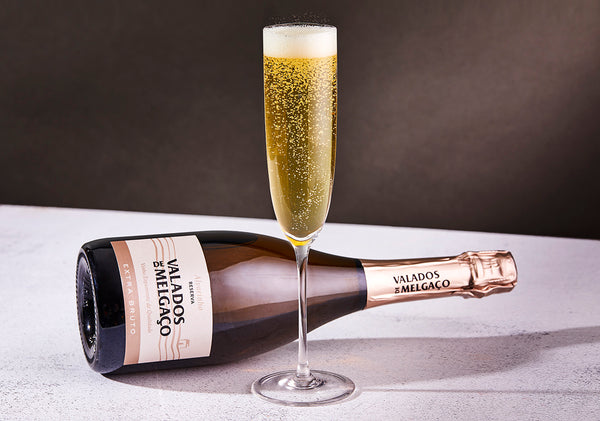To Cork Or Not To Cork

Corks have been the closure for wine bottles for hundreds of years, so why change a good relationship? Understanding how corks affect wine may be the key to understanding why some companies are moving away from cork in favor of newer methods.
Whats in a cork?
Cork is a curious natural product. It is a solid bark that is highly resistant to liquids thanks to a compound within it called suberin. And even though it is solid, cork is actually filled with well over 50 percent encapsulated air! This gives it the flexible properties ideal to stop up a wine bottle and keep it
from oxidation.
There are some downsides to cork of course. Cork takes time to produce. The cork tree itself can take up to 40 years before it is ready to be commercially harvested.
Even the best corks allow a bit of air in. The ideal cork will allow about one milligram of oxygen into the bottle each year. This is ideal to help remove sulfites from the wine and keep the wines from again, while still protecting the bottles form oxidation.
Less-than-ideal corks, however, can spoil a bottle. Too much oxidation can turn even the most wonderful wine into a stale nightmare.
Another issue arises thanks to TCA cork taint. Cork taint is a byproduct of a mold commonly found in cork, and anyone who has taken a sip of cork-tainted wine understands the immeasurable disappointment it creates.
Synthetic corks
Partly due to cork taint, many big names made the switch to synthetic corks. While the cost may be cheaper and the risk for TCA very low, synthetic corks have their own disadvantages. With their use of non-biodegradable materials and glues, synthetic corks are nowhere near as sustainable as cork. They also have limited use. They may allow more air in than natural cork, making them only fit for wines that don’t need aging.
Screw tops
A surprising answer to be sure, many companies have ditched corks altogether in favor of a screw top lid. Screw top lids provide the closest thing to an air-tight seal. The lining inside the cap can also be
changed out, allowing companies to adjust how much air flow they want their bottles to have. And to top it off, there is guaranteed to be no cork particles in your wine. The downside? They are by far the least sustainable option.
Is cork worth it?
Cork taint hit a high years ago, with some estimates as high at 10 percent of bottles ruined by the cork. Yet with all this said, the problem is not as large as it may seem anymore. Cork manufacturers are taking huge strides in identifying and eliminating TCA, with some claiming rates are as low as .7
percent now.
Environmentally, cork actually rates better than both synthetic and screw cap stoppers. And when it comes to character? There is still nothing quite like hearing a bottle being uncorked for the first time.
Corks affect wine, and our perceptions about wine, to this day. It is still synonymous with the luxurious, the curious, and the Epicurean. So while many players are making the switch to either synthetic or screw-cap, don’t expect cork to go anywhere any time soon.












